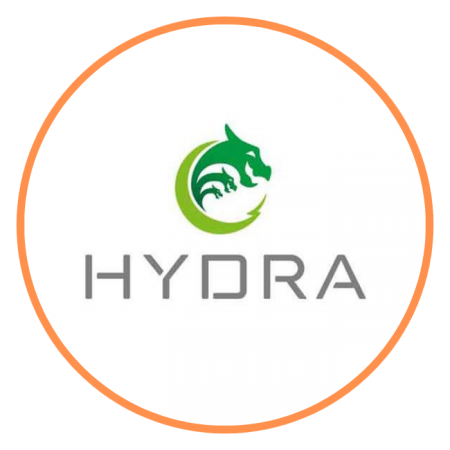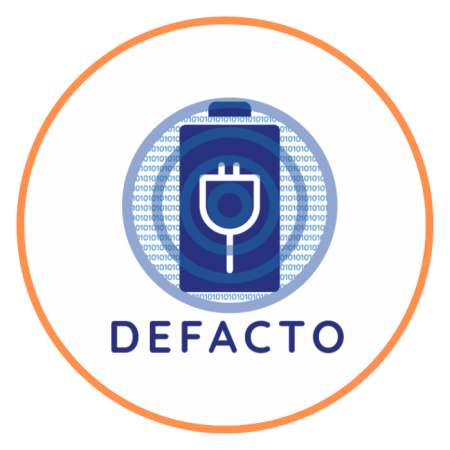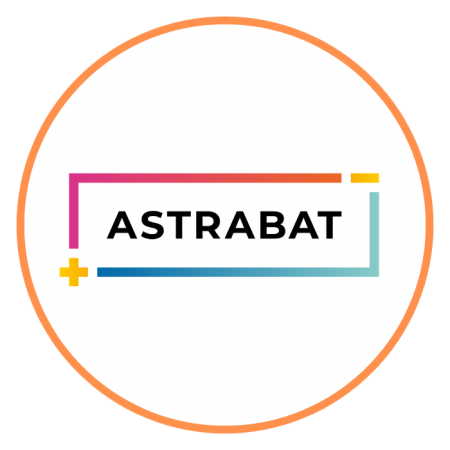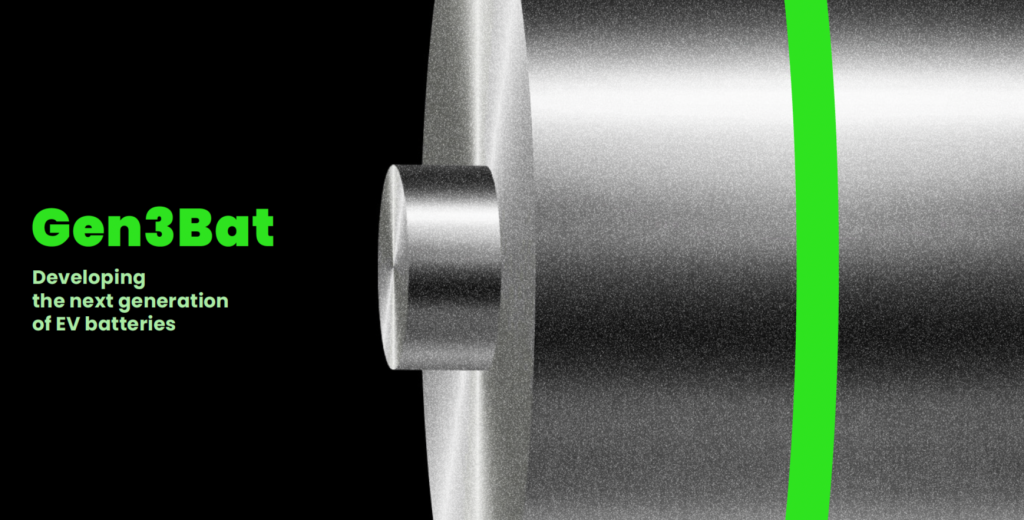3beLiEVe
(part of the Gen3Bat Cluster)
Using LNMO, the EU-funded 3beLiEVe project aims to produce the next generation of Li-ion rechargeable batteries for electric vehicles in 2025 and beyond. Along with the next-gen battery cells, the project will also develop and integrate internal and external sensors for the cell. The data obtained from these sensors will provide a more timely and accurate view of the state of the cell and will be used to implement smart operating strategies that extend the life of the cell and improve its safety. The smart battery management system will process this data and manage an adaptive liquid cooling system. Manufacturing, second life and recycling aspects are also considered. The project’s innovations will play a role in strengthening the European battery and automotive industry.
Visit their website: https://www.3believe.eu

HYDRA
(part of the Gen3Bat Cluster)
The EU-funded Hydra project aims to develop a new generation of Li-ion technology that uses sustainable materials to improve the energy, power, and cost of the battery. The project will combine novel materials and environmentally friendly manufacturing techniques with pilot-scale cell manufacturing to develop high-energy batteries with long lifetime. Moreover, it will build a synergy with strong investments by the project’s industrial partners, aiming to retain a significant market share for Europe.
Visit their website: https://h2020hydra.eu/

SeNSE
(part of the Gen3Bat Cluster)
The SeNSE project aims at enabling next-generation lithium-ion batteries with a silicon-graphite composite anode and a nickel-rich NMC cathode to reach 750 Wh/L.
Lithium-ion batteries are the most popular power sources for future transportation. Extending the driving range and enabling fast charging are key for promoting the adoption of electric vehicles. The EU-funded SeNSE project aims to create next-generation lithium-ion batteries with a silicon-graphite composite anode and a nickel-rich NMC cathode to reach a volumetric energy density of 750 Wh/l. The new battery will also provide a battery management system couped to dynamic in-cell sensors to enable faster charging, improved sustainability and recyclability, and reduced production costs.
Visit their website: https://www.sense-battery.eu/

DEFACTO
DEFACTO’s main objective is to develop a multiphysic and multiscale modelling tool to improve the understanding of cell material behaviour and cell manufacturing process and to reduce the time and economic resources for the market uptake of cell innovations. This approach will allow developing new high capacity and high voltage Li-ion cell generation 3b batteries.
The validated computational simulations will be a powerful tool to (i) tailor new optimum cell designs, (ii) optimize manufacturing steps of electrode processing and electrolyte filling, and (iii) shape new generation 3b materials.
Likewise, DEFACTO and the future developments of its technologies will contribute to strengthen an innovative, sustainable and competitive battery industry, positioning Europe as the forefront of this sector.
Visit their website: https://defacto-project.eu/

ASTRABAT
The ASTRABAT project aims to design an all-solid-state battery for the next generation Li-ion batteries. The purpose is to deliver a safer and higher energy battery for electrical vehicles. To do so, the project team will work on the development of optimal cell materials, components and architecture, including:
- High specific and retention capacity anode based on new nanostructured composite SiΩC materials.
- High voltage and more economically attractive layered oxide cathode material.
- New hybrid nanostructured inorganic/organic electrolyte combining stability at high voltage and mechanical flexibility.
- Multi-scale characterisation and modelling to design an optimized core architecture of the Li-ion cell
ASTRABAT will address the critical issues of electrolyte/electrode interface. Surface coatings will be specially developed on each inorganic component (anode, cathode and electrolyte) to improve interface chemical stability and reduce capacity fading. It will bring the hybrid inorganic/organic electrolyte up to TRL6 with kilogram scale capacity production. Finally, the project will provide the next generation of cell manufacturing lines, addressing Generation 4a (by 2025) and the cathode for Generation 4b (by 2030).
Visit their website: https://astrabat.eu/project/




